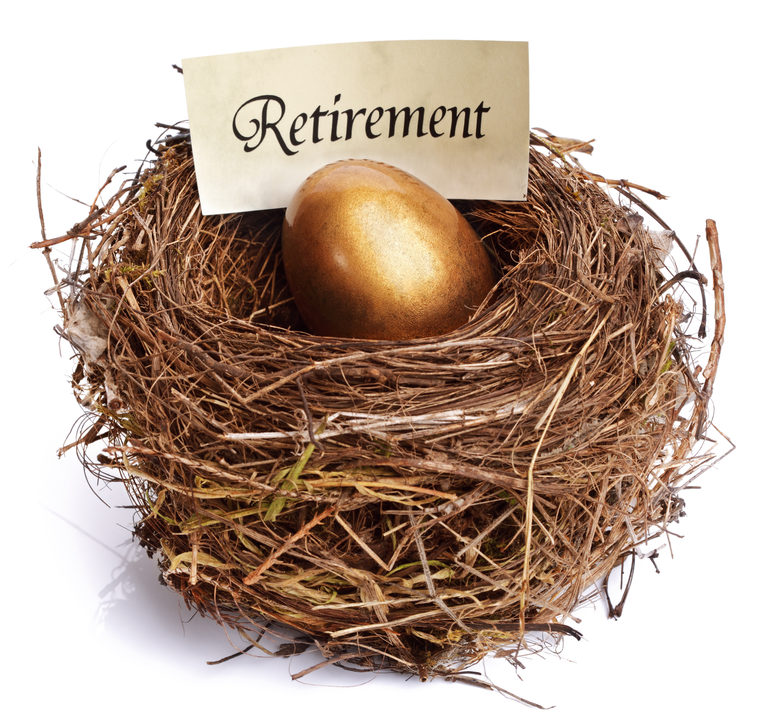If you’re like many, you’ve been planning for and anticipating your retirement for years. Maybe even from the day you joined the workforce. But retirement planning isn’t always easy. Even for those diligent enough to set money aside for their golden years, some key points can catch them off guard when they go to take their first distribution. Here are a few things to keep in mind so you can help your money put in overtime when you decide to clock out.
Retirement Planning Should be Sophisticated

Sophisticated doesn’t have to be complicated. Your golden years of retirement, or the five years right before, are not the time to drudge through a bear market. Or invest in high-risk, high-reward stocks. Just buying a stock and holding it is not the way to grow your retirement funds, either. The problem with these investment strategies is that they are not really strategies at all. The stock market is a roller coaster ride and predicting where it will be when you decide to retire is nearly impossible. For example, U.S. stocks are expected to gain an annualized 5.9% over the next 10 years, as compared the estimated 12% return some investors saw in 2016. This is quite contrary to a a recent survey that showed 66% investors think their future gains will be about the same as they’ve seen in recent years, and 17% believe gains will be even higher.
The answer is a sophisticated, smart strategy that centers on compounding money through risk adjusted returns. This strategy refines an investment’s return by measuring how much risk is involved in producing that return. The risk is generally expressed as a number or rating. Risk adjusted returns are applied to individual securities, investment funds and portfolios.
It’s all math. Think about it this way: what if the market goes down 30%? You would then need to make back 60% just to get back to even. Or if you need to sell stocks to cover your cost of living, selling in a downturn may mean you have to sell at a low point. You are better off compounding 5, 5, 5 rather than going up 20, down 30, up 18, down 18, and so on. That is why Stableford’s strategy centers on compounding money through risk adjusted returns
In the case of retirement planning, the turtle is certainly better than the hare.
Your Expenses May fluctuate, for Better or Worse

It’s tempting to outline all of your expected expenses post-retirement to help you plan properly. And while that goes a long way with knowing how much money you’ll need, it’s important to remember that those expenses could (and probably will) fluctuate.
The good news: your annual household spending is likley to decrease once you hit 55, according to the U.S. Bureau of Labor Statistics. There are many factors that account for this, such as potential paid off mortgages, children becoming self-sufficient, the increase in tax benefits and the decrease in travel and activities (particularly as you age). This is also important to know so that you can spend more while you are able to enjoy it to its fullest.
The bad news: some expenses increase. Especially medical expenses. Medicare Part B premiums are on the rise and while Social Security benefits adjust for inflation, the adjustment can pretty much just cover that premium increase. For example, in 2015 a raw social security benefit was $1,341.00 with a Medicare Part B premium of $104.90, leaving a net Social Security Benefit of $1,236.10. In 2018, that raw Social Security benefit increases to $1,377.39, but the Medicare Part B premium also goes up to $134.00. That means the new net benefit is $1,243.39 – less than an $8 bump over three years.
Distributions Can Cost You
At age 70 1/2, your traditional IRA and your traditional 401(k) plans usually require you to take money out each year. These withdrawals are treated as taxable income, so you will owe income tax on the total amount distributed from these accounts. In turn, your taxable income increases and your Social Security benefits may also be taxed. And when your taxable income increases, so does your medicare Part B premium.
Although the minimum required distributions do start relatively small, and may not affect you in your early retirement years (if you retire before age 70 1/2), they steadily increase as a percentage of your account balance every year until you hit age 115. Those costs to access your own retirement savings are certainly something to keep in mind and account for.
You simply can’t afford a bad market, unrealistic ideas of expenses or withdrawal naivete when you get close to retirement. As with most things, having a better understanding of all aspects of your retirement planning will help you better plan for the future. To find out where your nest egg stands and how you can keep it growing, reach out to Stableford Financial Counseling at 480.493.2300.
